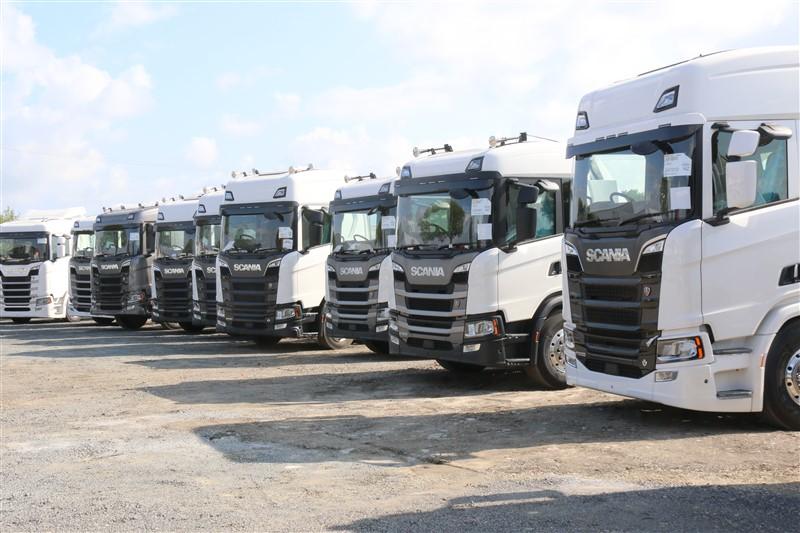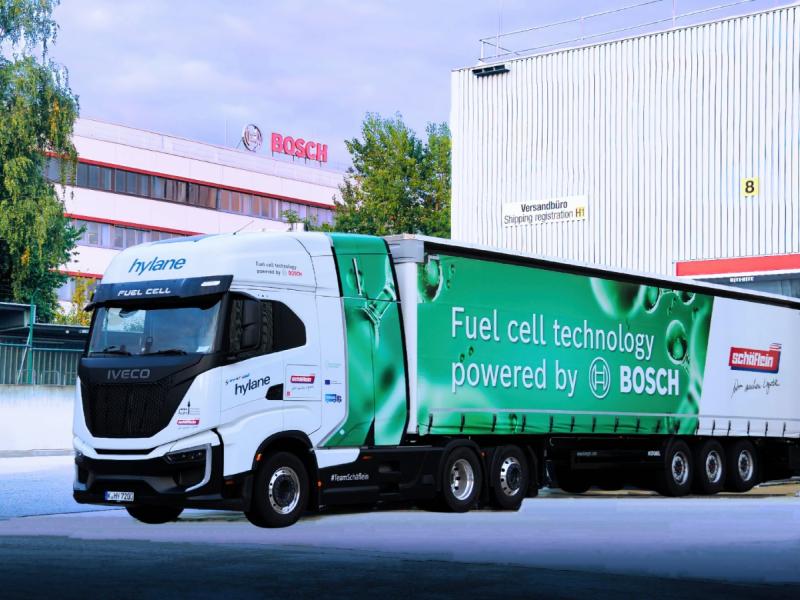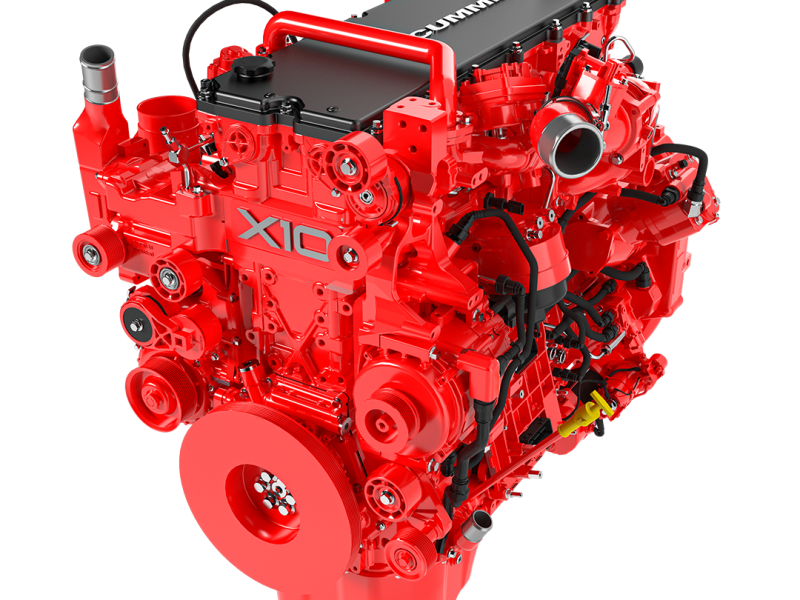The heavy-duty (HD) transport industry is rapidly catching up on automotive technology. The purchase price of an electrified commercial alternative vehicle still well exceeds the price of a similar diesel commercial vehicle by many thousands of dollars. The higher purchase price is mostly due to making HD vehicles that can drive for extended distances on battery power alone including the cost of the battery bank itself. A fully integrated charging infrastructure will be required for quick charging batteries of a large fleet of electrified commercial vehicles. The industry is not ready to give up on fossil fuels. Another major hurdle is the distance electrified vehicles can go before recharging which would only be attractive for short run usage.
Electrified HD vehicles will go mainstream at a pace mostly determined by government intervention: making diesel more expensive; reducing the cost of producing, buying and operating electrified vehicles. Futurists are betting on interference by the government. Concerns over energy security, fossil fuel emissions and long-term industrial competitiveness will prompt governments to seek a partial solution by creating incentives – some combination of subsidies, taxes and investments – to assist in migration to battery-powered commercial vehicles.
The Smart truck of 2030 will be a quantum shift in technology that will only slightly resemble today’s big rigs. A small sample of the interconnected technology advances that have arrived and will be introduced over the next 10 years:
Drive-by-wire to wireless control: Basically, anything that eliminates mechanical or electrical (wire) actuation, including brake, steering and signal lighting actuation. Engine and drivetrain control – engine and driveline designers will use it to facilitate both fuel economy and driver compatibility.
Heads up: Reporting systems and driver interface. Much like pilots, multi-function instruments with heads-up display to simplify some of the truck to driver communication.
Biofuels: Agricultural product and especially hydrocarbon sources are close to ready now. Focus on cellulosic and algae-based biofuels are starting to create high-margin specialty chemicals.
Ferromagnetic fluid: Also known as magneto rheological (MR) fluids - These fluids, which change viscosity in the presence of electric current, will replace some hydraulic/pneumatic and friction functions in suspensions and drivetrain designs.
GPS integration: Just in time (JIT) freight scheduling/notification, driver performance. Real-time data-routing efficiency, traffic congestion, weather, tolls, weights, fuel consumption, driver performance and taxes will be done in actual time.
Vehicle safety and driver collision protection: Heavy vehicles have begun incorporating safety features that have been standard in cars and light trucks for years. Includes increased passive restraints (airbags).
Forward lighting: The ability to really provide enhanced forward lighting will increase as variable focus designs become mainstream. 360-degree obstacle and lane departure detection – combinations of visual and ultrasonic, forward speed control and 360-degree collision avoidance devices.
We are in a transition. The heavy transport automotive industry and associated industries have adapted and are evolving to further focus on emissions and safety systems. CAN bus now comes as standard in fleet trucks. Today, it is integrated into almost every truck as standard. The FMS standard now has most leading truck manufacturers adopt it, due to how relatively simple it is to build the CAN bus matrix with additional applications.
Most Trucks from 2015 have on board multiple modules controlled by multiplex CAN bus gateway modules. Some using fibre optics for speed of light data communication. Onboard monitoring in real time using algorithm logic processors providing enhanced automotive intelligence. The hard part is for the HD workshop owner to decide what diagnostic tool option provides the best “Bang for Buck”. In some cases, some heavy-duty truck workshops have been using 24v OBDII generic data recorders, but more and more often a late model European, Asian or American truck will now need OEM specialist information and bi-directional functions and testing as required. bi-directional actuator tests allow the user to complete a range of actions on the vehicle, via the specialist scan tool. Examples are turning on headlights, switching fans on, wipers etc. After using the specialist diagnostic tool with bi-directional adjustments, or online coding, some functions of the vehicle will be different than before you connected to it. We can provide different options of aftermarket HD scanners that will not hurt your budget.
Exclusive THINKCAR NZ distributors. New release top of the range 2021 edition made for NZ region. Add on the new Thinktool HD HML Truck package which can assist with over 65 truck and bus makes onboard diagnostics and engine management. Buy the THINKTOOL PROS with 135 vehicle makes with three years of updates and get the HD III truck scanner package for $1950*. Trade in and Save now. The Thinktool Pro series scanner from THINKCAR NZ now provides up to 99 percent coverage from early 1990’s to the latest Vehicles. Our THINKCAR diagnostic scanners are factory genuine and guaranteed to cover 99 percent of vehicle manufacturers and models from a wider region including New Zealand/Australia/world.
You can trust local sales and support from LAUNCHNZ and THINKCARNZ
For LAUNCH NZ enquiries, please call support 021 241 4885 for quick response. www.launchnz.co.nz
For THINKCAR NZ enquiries, please call support 021 241 4411 for quick response. www.thinkcarnz.co.nz






